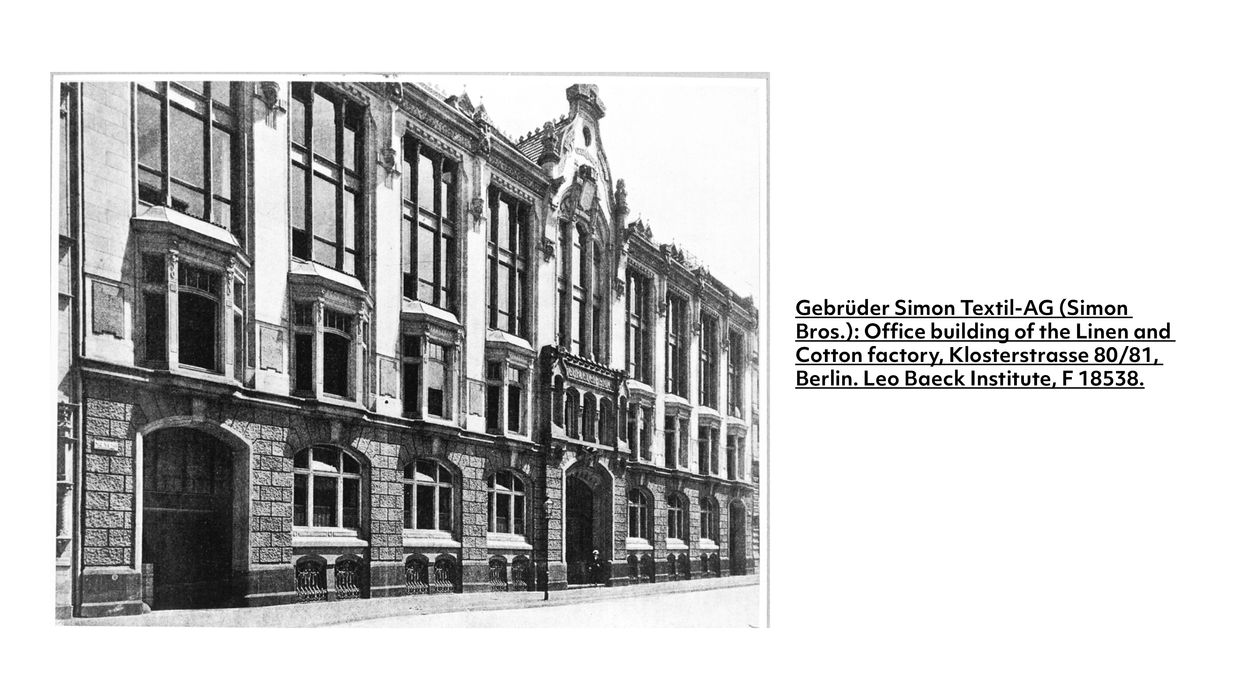Second half of the 19th Century: From entrepreneurs to major businesses
The integration of German-speaking lands in central Europe began when Napoleon consolidated principalities, advanced with the creation of the Customs Union (Zollverein) in 1834 and culminated in German unification in 1871, creating a national market with uniform currency and measurements – all of which lowered the cost of doing business. This process fostered the Second Industrial Revolution, a period of rapid industrialization and economic growth that depended on new technologies, including innovations in steel production, the production of electricity, and the creation of synthetic dyes. The German economy flourished for many reasons: German manufacturers could leapfrog over older technologies and adopt the newest production methods; the relationship to banks and capital markets made access to capital easier for German firms than for British or French firms; German politicians were willing to invest more heavily in scientific research, and German entrepreneurs employed professional managers to run their firms.
Against this background of innovative effervescence, Jewish entrepreneurs found that the barriers to entry in new industries were lower, not least because success was measured in terms of quantifiable results – and numbers spoke louder than prejudice. Provided they could find the requisite capital, many Jewish entrepreneurs harnessed the expertise they had developed and expanded into related fields. As a result, many smaller firms developed into large companies with customers spanning the globe.
Family Stories
Simon
Henri James Simon (1851-1932) was a German-Jewish entrepreneur, art collector, philanthropist and patron of the arts. His father, Isaac, was a tailor who founded a successful men’s clothing store. Observing fluctuations in the price of cotton, Isaac soon realized how interconnected global markets were and cultivated contacts with cotton producers to reduce costs. Eventually, he began importing cotton himself. When the American Civil War created a world-wide cotton shortage, Isaac sold his cotton inventory at a tremendous markup, making him a rich man. After educating James in the family business, Isaac sent his son to Britain, the heart of modern textile manufacturing, to learn more about the business. James dramatically expanded the family business, becoming an extremely wealthy man.
For more information about Glückel of Hameln see Shared History Project: https://sharedhistoryproject.org/object/hamburg-during-the-life-of-gluckel-of-hameln









